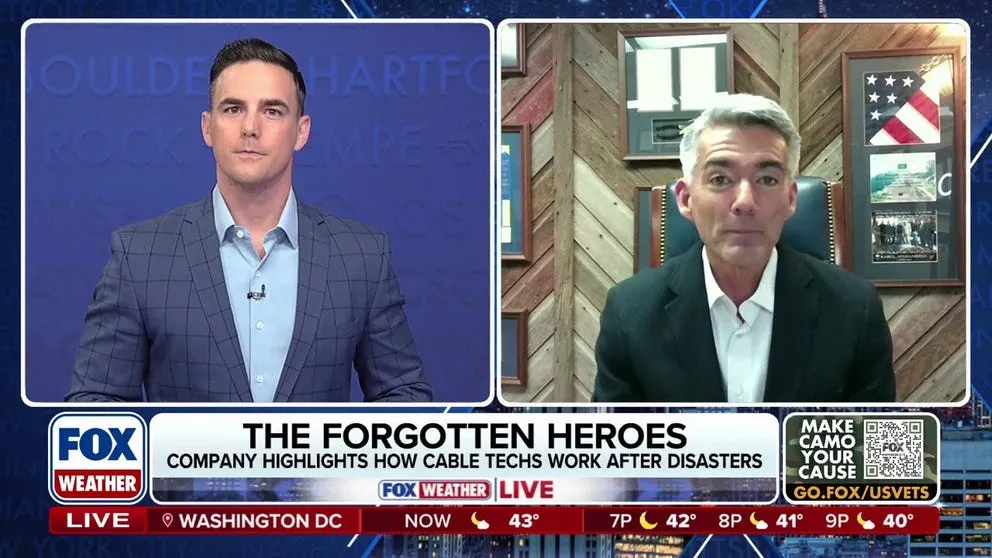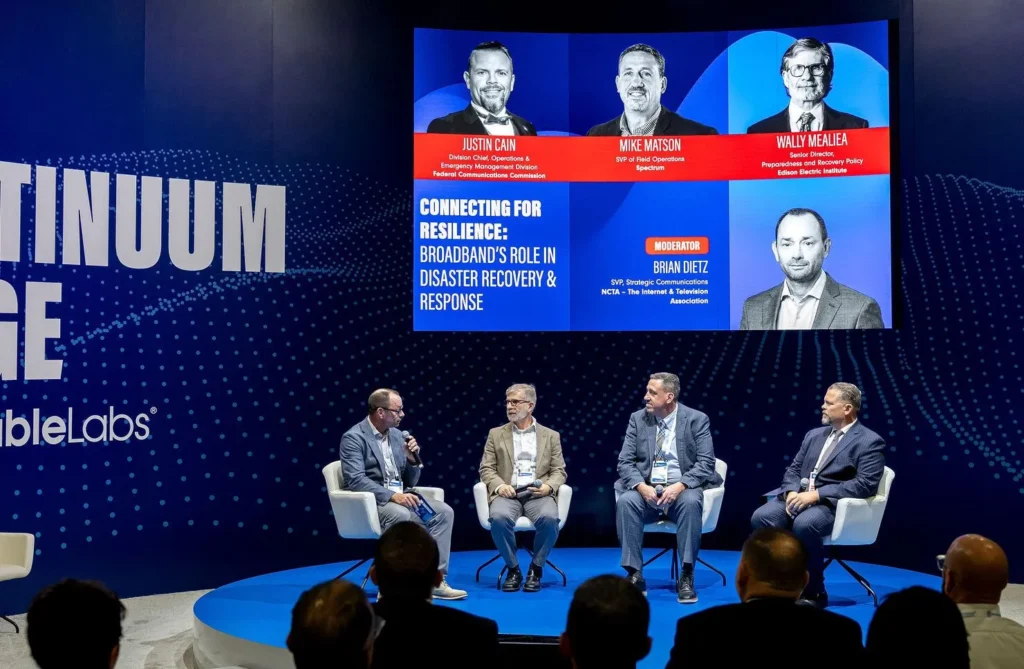Consumer appetite for connectivity is continually growing. With more devices and ways to connect, new solutions are required to get people and their devices online. That is why in recent years, cable broadband providers have expanded their offerings to include mobile service, giving Americans more choices for their cell providers than ever before and saving them millions monthly when switching from higher-priced plans offered by traditional phone companies.
How it works: Cable providers use a combination of technologies to transmit mobile data utilizing both licensed and unlicensed spectrum.
- They leverage their robust broadband network with millions of Wi-Fi hotspots (which rely on unlicensed spectrum) to offload mobile traffic.
- They were among the top bidders in the CBRS auction and deployed base stations compatible with their high-speed broadband networks.
- They lease excess capacity from mobile provider networks (who were granted exclusive licenses) to offer service as Mobile Virtual Network Operators (MVNOs).
The combination of unlicensed, shared-licensed, and licensed spectrum reduces the cost of delivering mobile service and leads to the discounted plans that millions of consumers are enjoying.
Disrupting the marketplace: The success of cable’s mobile service is shown in its tremendous growth in just a few years.
- These plans have proved so popular that cable operators grew their mobile subscribers from 5.8 million in 2021 to 14.4 million in 2023. Charter, Comcast and Cox are leading the charge.
- With a lower price point, cable is upending the marketplace and saving consumers millions every month, breathing competition into the previously stagnant mobile market dominated by a small number of players who want to hog all the available spectrum.
These positive developments for consumers and the marketplace are possible due to a smart, balanced approach to spectrum management that includes utilizing both shared licensed and unlicensed spectrum.
As technological innovation and network evolution continue to open up new options for competition and the deployment of mobile services, consumers will continue to reap the benefits of these changes supported by a modern, flexible approach to the use of the public airwaves.









